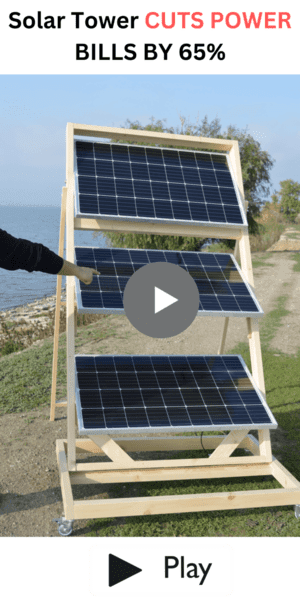Possible Reasons For a Sudden increase in electric bills
Have you noticed a recent increase in your electrical bill? Maybe you haven’t been paying attention; it's easy to let bills go unnoticed that are on autopay. Some of us have hit hard times and are reviewing how we spend our money. Most people in the US are wasteful and can easily find ways to save money by conserving or stop paying for services they aren’t using. If you have noticed a recent hike in your electrical bill, there may be ways to get it down and save some money each month.
Understanding
more about how electricity is distributed is important for those looking to
decrease their bill. There are many reasons why you may have had an increase in
your bill.
Different times of the year and appliances
are the most likely reasons why your electrical bill may have gone up all of a sudden.
How a state is getting its power is also a huge determining factor in how much
it will charge for electricity.
Let us
study how power is generated and distributed to know the sudden increase in
electric cost.
Powering the Grid:
Most
people plug in their washing machines or flip on a light switch without really
knowing what is taking place. The process and infrastructure required for that
light to immediately turn on are extremely complex. The average American likely
doesn’t understand the power grid and takes for granted this incredible luxury
that humans have been enjoying for less than a century.
While
electricity was invented in the late 1800s only around half of the homes in the
US had access to power in 1925. It wasn’t until the mid-1930s that most homes
enjoyed electrical power.
State power sources:
The
electrical power grid consists of powerplants, transformers, transmission
lines, and distribution lines. A state’s source of power varies. States like
Texas, Alaska, North Dakota, and Nebraska are using a huge amount of fossil
fuels to power their grid. More democrat leaning states tend to rely on renewables
and hydroelectricity.
Even
the greenest states in America are heavily reliant on fossil fuels to supply
power. The state ranked #1 by the US Energy Information Administration in
Oregon. While this state generates a substantial amount of its electricity from
hydroelectric dams, it is still getting almost the same amount of electricity
from burning natural gas.
Electricity
is distributed from powerplants to homes using transformers and lines. It is
then metered, and the consumer is charged for the amount of power they used.
Depending on how the state generates electricity or where they are buying
electricity from. Not all states are self-sustainable and rely on other states
to keep their lights on.
Wyoming is ranked number #1 in electricity
production but doesn’t use much power
themselves. They burned enough coal to sell to 33 other states in 2013.
Understanding Your Electricity Bill:
Kilo
watt-hour (kWh) is the metric used to measure and sell electricity. An appliance
that requires 1,000 watts of electricity to run would use 1 kWh of energy. The
average price of electricity is 13.19 cents per kWh. The cheapest electricity
in the US is just below $0.10 and the highest rates are over $0.30 per kWh.
Calculating the right amount for your electric bill:
The average home in America uses about 877 kWh of electricity per month. To
calculate what your bill should be, multiply the amount of energy that is used
by your state's price per kWh. A list of the rates for all 50 states from
January 2019 can be found here. Looking up your state’s current price per kWh is easy
to find online.
Cutting the Cost of Electricity:
An increase in usage is most likely the reason for a recent rise in your electricity bill. Unless your state or power company made some major changes in how they charge for electricity, the surge is most likely caused by a change in your power consumption.
Heaters,
air conditioning and major appliances are the most likely source of increased
power use.
Most
people see increases in the hottest and coldest months of the year. A great way
to lower your bill is to insulate the home. Doors can allow heat to escape and
for cold air to come in.
Adding
a draft stopper to the foot of a door can be a cheap way to keep the heaters
off.
Some
major appliances that remain plugged in could be making your bill rise. Using a power strip to switch appliances on
and off is a great way to make sure they aren’t going into standby mode and
still using electricity. Other ways to easily reduce your bill are listed
below:
- Keep the house under 70 degrees in the winter.
- Wash fewer clothes and use cold water.
- Add insulation to walls.
- Use LED lights.
- Adjust temperatures on the fridge and freezer.
- Take shorter showers
- Use energy-saving appliances, lights, showerheads, etc.
There are plenty of ways to lower our electricity bills by changing behavior. You may not need a new energy-saving washer, dryer, and refrigerator to cut back on consumption. Becoming aware of what's driving the power bill up and monitoring use will likely result in a lower monthly bill.
Outsource some of the power to solar panels using DIY solar panels system









.PNG)



